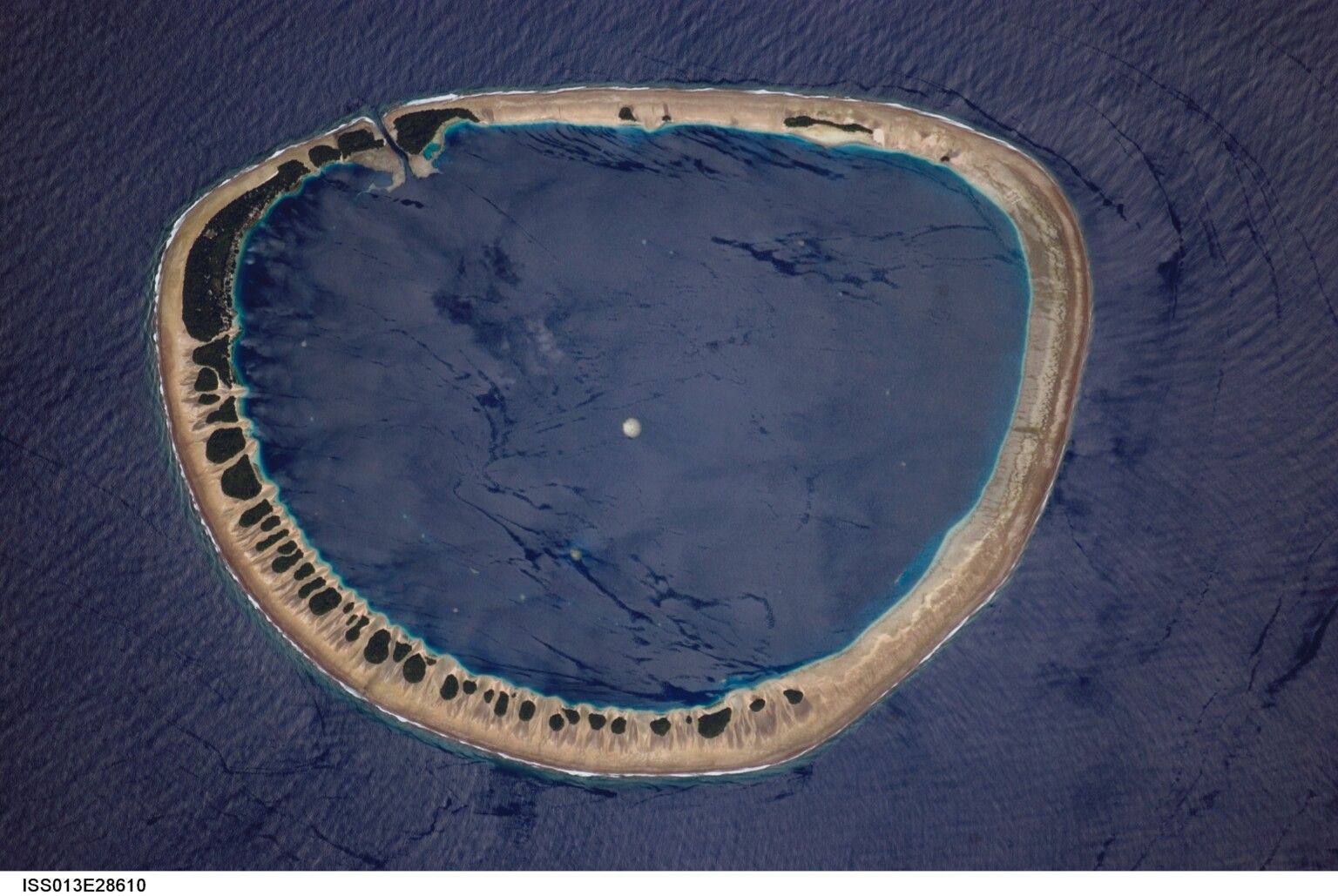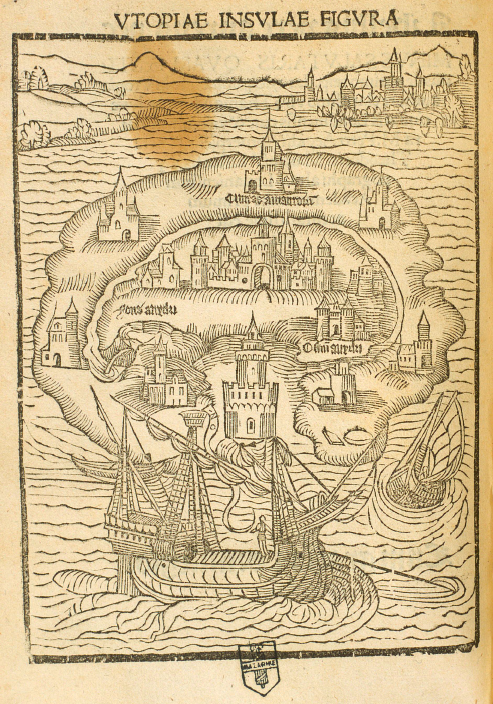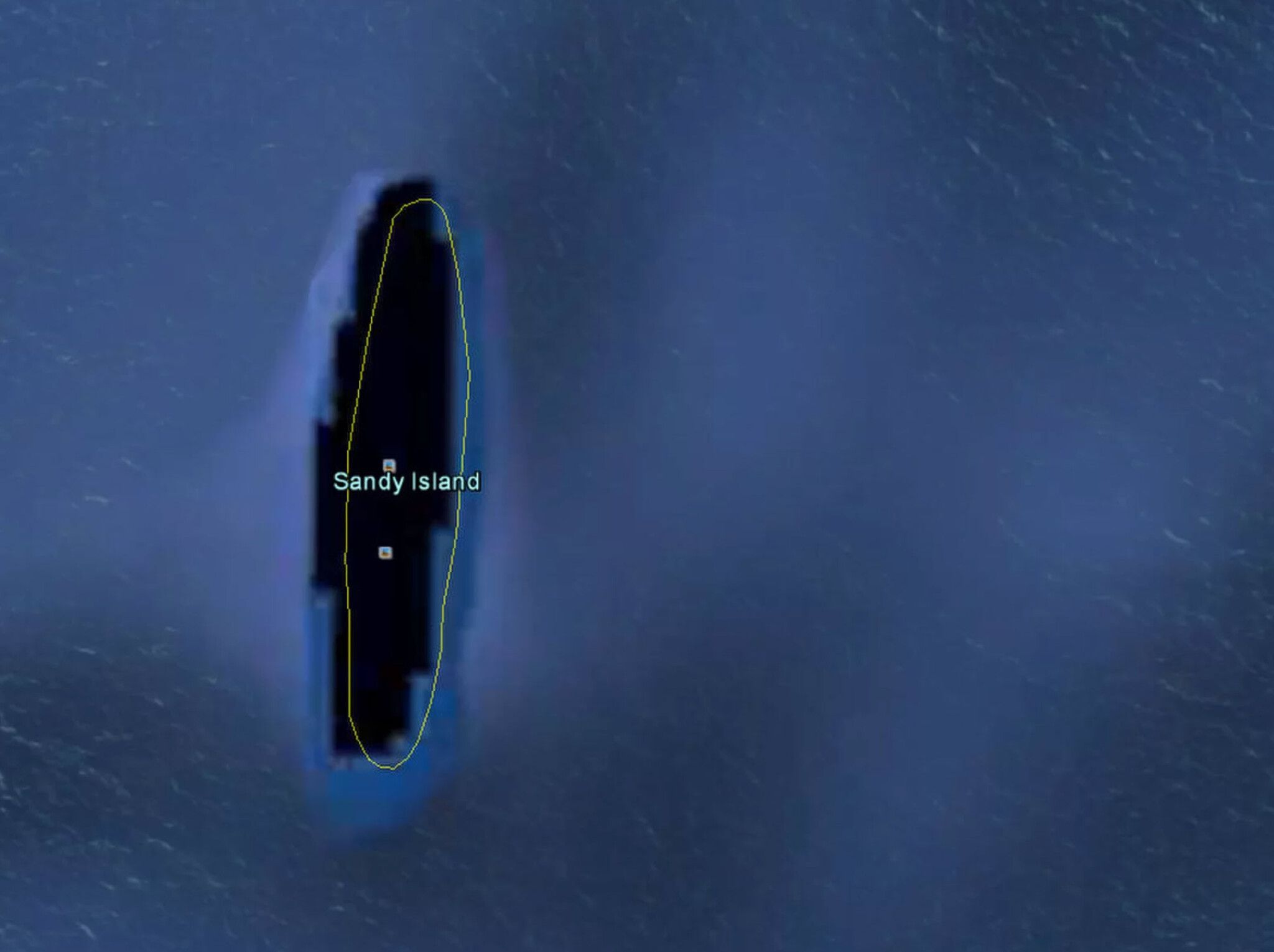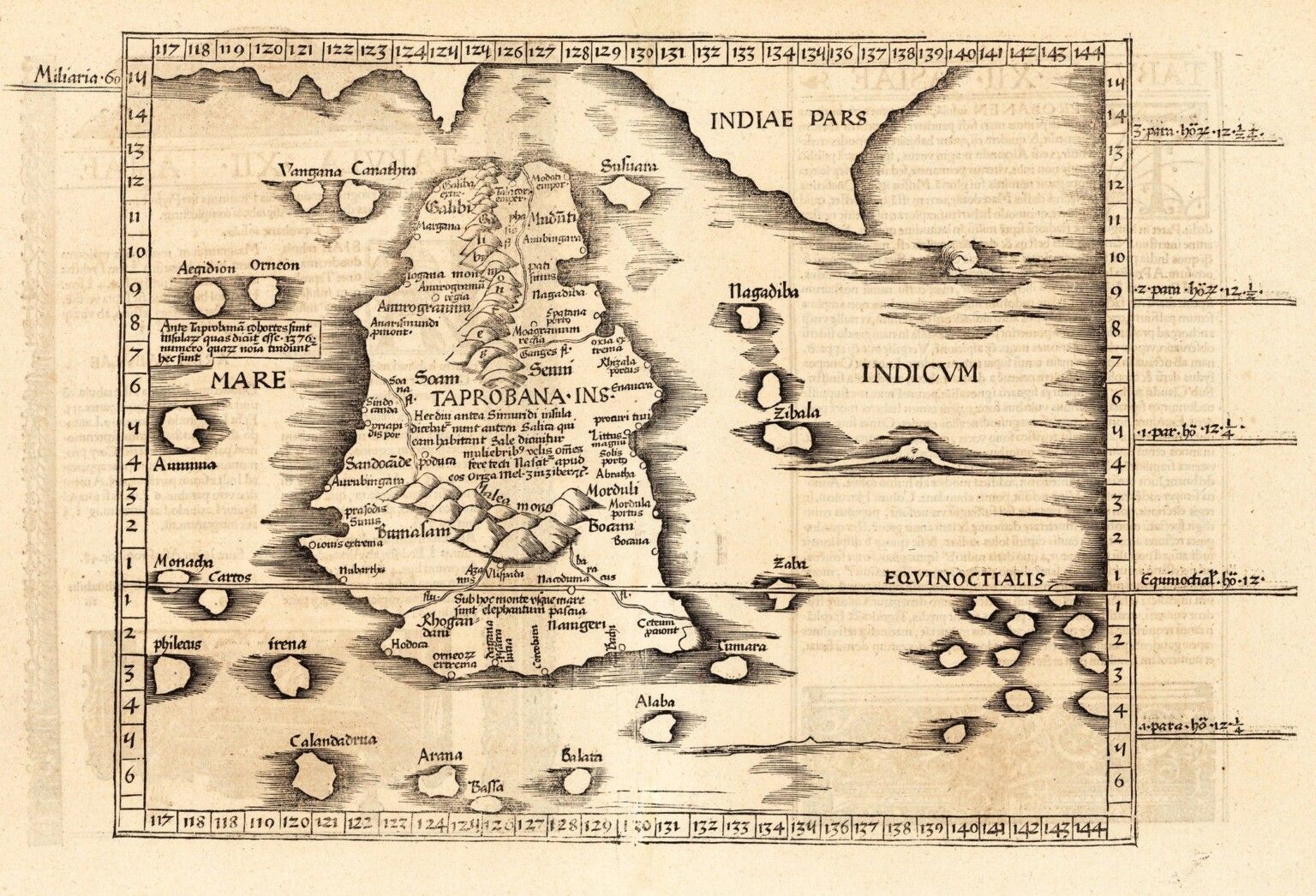What does it mean to become island?
ingularites that act in common
micro-narratives
connectivity

1.
Space is a network of spaces. not static, it rravles. and with it, identity travels too

2.

3.
isolation
construction of the idea of remoteness

4.
the impossible escape


What does it mean to become island?
geologically

7.

8.

9.



12.
se____________paration

13.
construction of identity
construction of utopian island community

14.
utopia: a cerebral island

15.
Creation of insularity
Be lon ging


through acknowledgement

18.
geopolitical status
Portugal: islands!

19.
recognition as complete
fluid seabound

21.
connections in constant influx

20.
in relation to mainland
island = connection = re-creation
humans are the conscoisness of the island

21.
through storytelling

22.

23.
fictional and phantom island

24.

25.





30.
1 Poetics of Relation: Cover of the book: Édouard Glissant, Poetics of Relation, trans. Betsy Wing (Ann Arbor: University of Michigan Press, 1997)
2 Atopic Space: “The question I would like to pose at this point is: Would it at all be possible to find belonging or construct community in a ‘territory without terrain’ as Dufoix (2008, p. 63) puts it?” + Fragment on archipelagic sea: “Perhaps it is time to consider, instead, the possibility of making a home for ourselves in the archipelagic sea; that is to say, to construct new forms of belonging based on affinities, rather than essences. ‘Essences’ are those attributes constituting a rigid, invariable ideal to which people must conform” in: Libcom.org. 2021. Sketches Of An Archipelagic Poetics Of Postcolonial Belonging. [online] Available at: <https://libcom.org/blog/sketches-archipelagic-poetics-postcolonial-belonging-25022020> [Accessed 23 January 2021]. ‘singularities that act in common’ (Hardt and Negri 2004, p. 105).
3 Micro-narratives in: Helen Kapstein (2017). Postcolonial nations, islands, and tourism: reading real and imagined spaces. London: Rowman & Littlefield International. ISBN: 978-1-78348-645-8
4 Panarea: Map of the Island of Panarea with all its connections and access points.
5 Stromboli: Still from Stromboli (part of the image in page 4): Stromboli (Terra di Dio), 1950, 1h 21m. Dir: Roberto Rossellini
6 Aeolian Islands volcanoes Image: volcanodiscovery.com, 2021. Aeolian Islands [online] Available at: <https://www.volcanodiscovery.com/volcanoes/aeolian-islands.html>
7 Deleuze defines two types of islands: Continental islands are accidental, derived islands. They are separated from a continent, born of disarticulation, erosion, fracture; they survive the absorption of what once contained them. Oceanic islands are originary, essential islands. Some are formed from coral reefs and display a genuine organism. Others emerge from underwater eruptions, bringing to the light of day a movement from the lowest depths. Some rise slowly; some disappear and then return, leaving us no time to annex them. These two kinds of islands, continental and originary, reveal a profound opposition between ocean and land. Continental islands serve as a reminder that the sea is on top of the earth, taking advantage of the slightest sagging in the highest structures; oceanic islands, that the earth is still there, under the sea, gathering its strength to punch through to the surface. In Deleuze, Gilles Desert Islands, in Desert Islands and Other Texts (1953-1974), New York: Semiotexte, 2004. 9-14. P 9
8 Nukuoro island Image: "Archive: Nukuoro Atoll, Micronesia (Archive: NASA, International Space Station, 05/31/06)" by NASA's Marshall Space Flight Center is licensed under CC BY-NC 2.0 Nukuoro on Islandology by Marc Shell: As Darwin notes, a fringing coral reef that surrounds a volcanic island in the tropical sea grows upward as the island subsides (sinks), thus becoming a barrier reef island. In time, subsidence carries the old volcano below the ocean surface and the reef remains. At this point, the island is an atoll. Micronesia’s Nukuoro Atoll is a photogenic example (see Illustration 8). Islandology: geography, rhetoric, politics, by Marc Shell, Stanford, Stanford University Press, 2015. P33
9 Ancient Britain was a peninsula until a tsunami flooded its land-links to Europe some 8,000 years ago. Did that wave help shape the national character? In: The moment Britain became an island. (2021). Retrieved 23 Janiary 2021, from https://www.bbc.com/news/magazine-12244964
10 A Jangada de Pedra (The Stone Raft): Image inspired by the book A Jangada de Pedra (The Stone Raft), written in 1986 by José Saramago. Source: twitter of Fundaçao José Saramago. Map left by a visitor of the Fundaçao. In A Jangada de Pedra, the Iberian Peninsula dettaches itself from the European continent and floats for weeks in the Atlantic Ocean. Saramago describes how world leaders are trying to deal with the effects of this brokerage while the characters “trapped” in the island are embarked in a journey without a specific end.
11 Utopiae Insulae Figura Image: "File:Vtopiae Insulae Figura, 1516 (Bibliothèque Mazarine).png" by Bibliothèque Mazarine (France) is licensed under CC BY-SA 4.0 More, T., & In Turner, P. (1972). Utopia. Baltimore: Penguin Books. Fragments and concepts from Antonis Balasopoulos on Utopia* : + Utopian insularity is no exception to this rule of island “incontinence” + Form ideological valence + Also could add Utopia Island becoming In: Antonis Balasopoulos, « Utopiae Insulae Figura: Utopian Insularity and the Politics of Form », Transtext(e)s Transcultures 跨文本跨文化, Hors série | 2008, 22-38.
12 Island - Nation: Larry Achiampong, #WE ARE AN ISLAND NATION, 2016, Chalkboard drawing
13 Islas Uros / Totora Islands in Lake Titicaca. Screenshot from Lonely Planet about in https://www.lonelyplanet.com/peru/islas-uros: “Just 7km east of Puno, these unique floating islands are Lake Titicaca’s top attraction. Their uniqueness is due to their construction. They have been created entirely with the buoyant totora reeds that grow abundantly in the shallows of the lake. The lives of the Uros people are interwoven with these reeds. Partially edible (tasting like non-sweet sugarcane), the reeds are also used to build homes, boats and crafts. The islands are constructed from many layers of the totora, which are constantly replenished from the top as they rot from the bottom, so the ground is always soft and springy.” Next to an image of one of the islands. "The floating island of Uros" by Christian Haugen is licensed under CC BY 2.0 The Uros community of the Lake Titicaca have been constructing floating islands for centuries by layering portions of totora reeds. This implies replenishing the islands and make reparations every few months, which changes the boundaries and shape of the island constantly. Living on a floating island gives them the freedom of moving their house and their surroundings to places that are more convenient for fishing or other reasons any given time. But more recently, the main reason of living on these islands and changing locations are dictated by tourism. The islands themselves have become a tourist attraction that gives more (although not sufficient) income than fishing.
14 Map of Ilhas Selvagens: https://commons.wikimedia.org/wiki/File:Ilhas_Selvagens_location_distances.svg Description: Ilhas Selvagens location distances.svg. Author: Willtron. Creative Commons The Ilhas Selvagens are an example of the dispute over the status of a piece of land surrounded by sea and its political and economic implications. The distance of these islands with Madeira and the Canary Islands has been the source of conflict, together with the opposite views on their definition. Whether they are considered rocks (according to Spain) or islands (according to Portugal) would have major consequences for the definition of Portugal’s Exclusive Economic Zone (EEZ) border with Spain.
15 San Borondón: Illustration about Saint Brendan’s Island. A phantom island named over the saint that claimed to have discovered it. There is numerous documented references to the island between 512 and 1958, including the 1723’s rite of exorcism conducted by a priest in the Canary Islands during one of its apparitions behind low cloud. St Brendan appears in the historic Alcáçovas treaty, by which Portugal and Spain split the Atlantic ocean, including the island as part of the Canary Archipelago* Ref: La Sexta, Viajestic, San Borondón: Descubre la misteriosa "novena isla" de Canarias, que aparece y desaparece [online] Available at: https://www.lasexta.com/viajestic/curioso/san-borondon-descubre-misteriosa-novena-isla-canarias-que-aparece-desaparece_202006055eda27a265c5ab0001ed59ae.html Image: San Borondon Island, a imaginate island in Canary Islands. Spain.13 de septiembre de 2005 (según los datos Exif). Source: PD-old scan. Author: PD-old scan by Pedro Caba. Creative Commons.
16 Visuality. Fragment: Here, Létoublon et al. assert that the very islandness of islands is conditionally rooted in visuality―or in the subject’s ability to visually discern and comprehend the island. This is one of the conditions of colonial island narratives posited by Rebecca Weaver-Hightower (2007, pp. 1-42), who points out that island-bound protagonists typically ascend to the highest geographicalpoint of whatever landmass they happen to find themselves on in order to discern that they are, in fact, on an island. Thus, the castaway must first see that he (in colonial island fiction, it is usually... In: Kinane, D. I., Graziadei, D., Hartmann, B., Riquet, J., & Samson, B. (2017). On Sensing Island Spaces and the Spatial Practice of Island-Making: Introducing Island Poetics, Part I. Island Studies Journal, 12(2), 239. https://doi.org/10.24043/isj.28. p.242
17 Recognition as complete: Helen Kapstein (2017). Postcolonial nations, islands, and tourism: reading real and imagined spaces. 226pp. London: Rowman & Littlefield International. ISBN: 978-1-78348-645-8
18 Islands = origin =re-creation, in: Deleuze, Gilles Desert Islands, in Desert Islands and Other Texts (1953-1974), New York: Semiotexte, 2004. 9-14: Humans are the consciousness of the island
19 Constant influx / fluid ‘seabound’: Libcom.org. 2021. Sketches Of An Archipelagic Poetics Of Postcolonial Belonging. [online] Available at: <https://libcom.org/blog/sketches-archipelagic-poetics-postcolonial-belonging-25022020> [Accessed 23 January 2021]. ‘singularities that act in common’ (Hardt and Negri 2004, p. 105).
20 The answer is of course the sea: Giuseppina Semola, « Insularity and Cosmopolitanism: Islands of the Mediterranean – a Carousel in the Memory of Lawrence Durrell », Transtext(e)s Transcultures 跨文本跨文化 [Online], Hors série | 2008, Online since 14 September 2009, connection on 19 April 2019. URL : http://journals.openedition.org/transtexts/226 ; DOI : 10.4000/transtexts.226
21 Sandy Island For more than a decade it has featured on the world's maps. Viewed from Google Earth, Sandy Island appears as a dark, tantalising sliver, set amid the shimmering vastness of the Pacific Ocean. But when marine scientists arrived at the island in the Coral Sea off Australia they were in for something of a shock: it didn't exist. Where there was supposed to be a sandy outcrop complete with palm trees, a few coconuts and maybe a turtle there was merely blue undulating water. The Australian scientists, led by Maria Seaton, a geologist at Sydney University, had embarked on a voyage to study plate tectonics. They spotted that the enigmatic island lay along their route. But there were several puzzling discrepancies: though the island appeared on the Google Earth map, there were no images of it. It had also featured for the past 12 years on the usually reliable world coastline database. But there was no sign of it on their sea chart. In: The Pacific island that never was. (2021). Retrieved 3 March 2021, from https://www.theguardian.com/world/2012/nov/22/sandy-island-missing-google-earth
22 Utopiae Insulae Figura: Fragments from: Antonis Balasopoulos, Utopiae Insulae Figura: Utopian Insularity and the Politics of Form*
23 Phantom Islands - info from: A Sonic Atlas was comissioned for the exhibition Fourth Worlds: Imaginary Ethnography in Music and Sound.Produced with the Support of Jeu de Paume and DICRéAM, CNC. Concept, Sound and Text Andrew Pekler. Design and Development Flavio Gortana. Research and Text Kiwi Menrath
24 Island Forge: Screenshot of the videogame Island Forge with the note: Design your own island!
25 Bermeja: The phantom island of Bermeja, located in the peninsula of Yucatan, has appeared in various documents and stories since 1539. More recently, in 1997, while the US and Mexico were negotiating a treaty of sovereignty over international waters in the Gulf of Mexico (which would determine, for instance, the right to the oil deposits within the Mexican marine limits), the Mexican government sent an expedition to locate Bermeja without success. Some members of the Mexican senate expressed their suspicions that the island might have been destroyed by the CIA and they demand further investigations. Shortly after, one of the senators was driven off the road and killed by an assailant who was never caught.** Info from: Phantom Islands - info: A Sonic Atlas was comissioned for the exhibition Fourth Worlds: Imaginary Ethnography in Music and Sound.Produced with the Support of Jeu de Paume and DICRéAM, CNC. Concept, Sound and Text Andrew Pekler. Design and Development Flavio Gortana. Research and Text Kiwi Menrath Map of Bermeja: Tanner, Henry S. - A Map of the United States of Mexico, 3rd ed.
26 Atlantis Image: Athanasius Kircher's Map of Atlantis (c.1669). Note that north is at bottom. circa 1669. Source: http://atlantis.haktanir.org/ch3.html Athanasius Kircher (–1680)
27 Production of Island Space: On the one hand, we have to examine the specific spatial practices required for the production of island space and ask what embodiments and performances of imagined island practices lead to the emergence of representational spaces and island parcours. This means exploring how human and non-human agents establish and perform the island status of a given fictional topography, for instance by mobilizing the interplay of water and land in an embodied way. In: Kinane, D. I., Graziadei, D., Hartmann, B., Riquet, J., & Samson, B. (2017). On Sensing Island Spaces and the Spatial Practice of Island-Making: Introducing Island Poetics, Part I. Island Studies Journal, 12(2), 239. https://doi.org/10.24043/isj.28. P.246
28 Taprobana: Image of the Island of Taprobana: Ptolemy's 12th Asian Map (Tabula XII Asiae) by Laurent Fries from Michel Servet's 1535 reprint of his 1522 maps for Ptolemy's Geography (Cosmographia), depicting Taprobane (Taprobana Insula), a greatly swollen form of the island of Sri Lanka. Author: Ptolemy, translated by Willibald Pirckheimer. Artist: Laurent Fries First mentioned by the Greek explorer Magasthenes in 290 BC, the inhabitants of the phantom island of Taprobana have been described many times as having forked tongues and giant foot with which they shade from the sun. There are mountains of gold guarded by man-eating ants and summer and winter occur twice annually on the island.*
29 Phantom Islands - reference from: A Sonic Atlas was comissioned for the exhibition Fourth Worlds: Imaginary Ethnography in Music and Sound.Produced with the Support of Jeu de Paume and DICRéAM, CNC. Concept, Sound and Text Andrew Pekler. Design and Development Flavio Gortana. Research and Text Kiwi Menrath
30 La invención de Morel Image: Cover of La invención de Morel (The invention of Morel), a book by Adolfo Bioy Casares written in 1940 and published with illustrations by Norah Borges. La invención de Morel, 9 February 2016. Source: http://portal.uc3m.es/portal/page/portal/biblioteca/sobre_la_biblioteca/servicios/actividades_culturales/club_lectura/Bioy%20Casares%20La%20invenci%F3n%20de%20Morel- About the plot of The Invention of Morel: The Invention of Morel is an example of autobiographical writing mitigated by a fictional editor. After some time, the protagonist notes in his journal that the guests seem to have the same conversations repeatedly and are unable to see him or interact with him. He soon discovers that the party-goers are in fact simulated projections of real people who were once spending their holidays on the island. These party-goers have been filmed and are now being projected recurrently as tri-dimensional objects by the novel’s curious titular invention. Morel, the man hosting the party, has constructed a machine that allows him to capture and re-play moments of time spent with Faustine (with whom he, too, is in love) in order that their time together on the island might be preserved and replayed forever. Thus, Morel’s island becomes a seemingly real representation of his love for Faustine that is played out again and again through the medial layering of fantasy and reality on the island. in: Kinane, D. I., Graziadei, D., Hartmann, B., Riquet, J., & Samson, B. (2017), Island Metapoetics and Beyond: Introducing Island Poetics, Part II, Island Studies Journal 12:2. (2017) https://doi.org/10.24043/isj.29
Andrea Giuseppe Ragno
Andrea Ragno is a postgraduate student at the London School of Economics and Political Science.
Sindi-Leigh McBride
Researcher and writer from Johannesburg, and a PhD candidate at the Centre for African Studies, University of Basel.
Aina Pomar, Andrew Dobson, Anna Mikkola, Ashley Lewis, Cameron Alexander, Chris Fussner, Himanshu Halve, Jacob Meher, Mariah Reodica, Marie Klinger, Marjolijn Kok